Land Rover has drawn up plans to revolutionise the next-generation Evoque and Discovery Sport by building them on an all-new EV-focused platform with a petrol-fuelled range-extender unit.
Called the Electrified Modular Architecture (EMA), the new platform will be designed from the outset to accommodate advanced driver assistance systems and extensive cloud connectivity.
The EMA’s inherent simplicity should also address Jaguar Land Rover’s problems with quality, which, JLR boss Thierry Bolloré admitted recently, might be costing the company “100,000 sales per year”.
UPDATE: Land Rover to build Evoque, Velar, Discovery Sport EVs at Halewood
The huge EMA project will be part of a £10 billion investment programme running until 2026. JLR’s wider plans include the launches of the all-new Range Rover Sport 3, Velar 2 and Discovery 6 models, all based on the upcoming MLA platform. The Discovery 6 is now expected to be built at Solihull, rather than in Slovakia, after the Jaguar F-Pace is phased out completely to make way for that brand’s all-electric next-generation line-up.
The EMA is hugely important to JLR’s future prospects and its aim to become consistently profit-making. Indeed, JLR estimates that EMA-based vehicles will account for half of all company sales by 2030 and potentially 325,000 high-profit models annually.
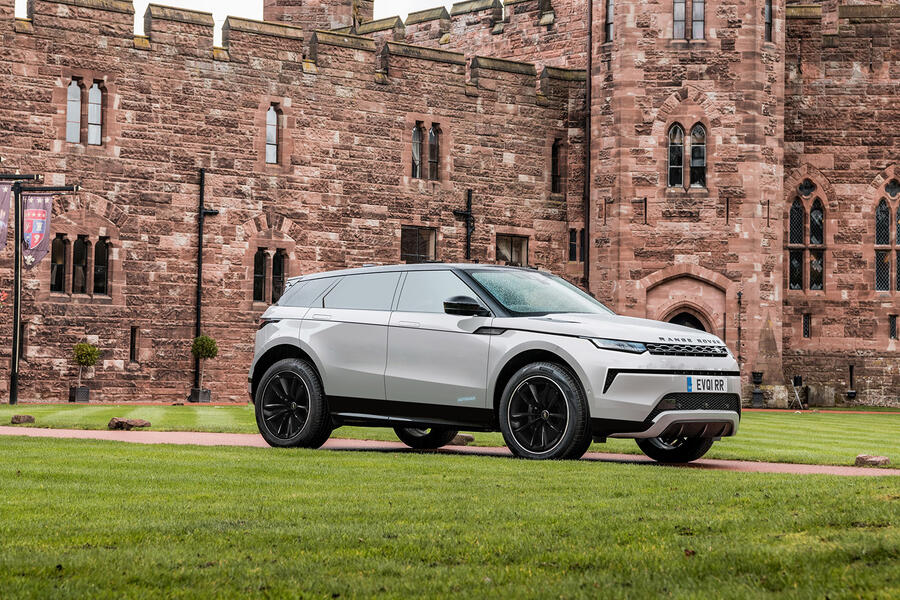
Autocar understands the first EMA-based new car will be the next Evoque, launched in 2024 and followed quickly by the third-generation Discovery Sport. It’s expected that the EMA production line will be installed at the company’s Halewood plant.
However, Land Rover has already revealed to investors that there will be two more Defender family models launched over the next six years. JLR has not released any details about the two new Defender models, although one is expected to be a pure EV and neither will be based on the D7x platform used by the current, L663-generation Defender.


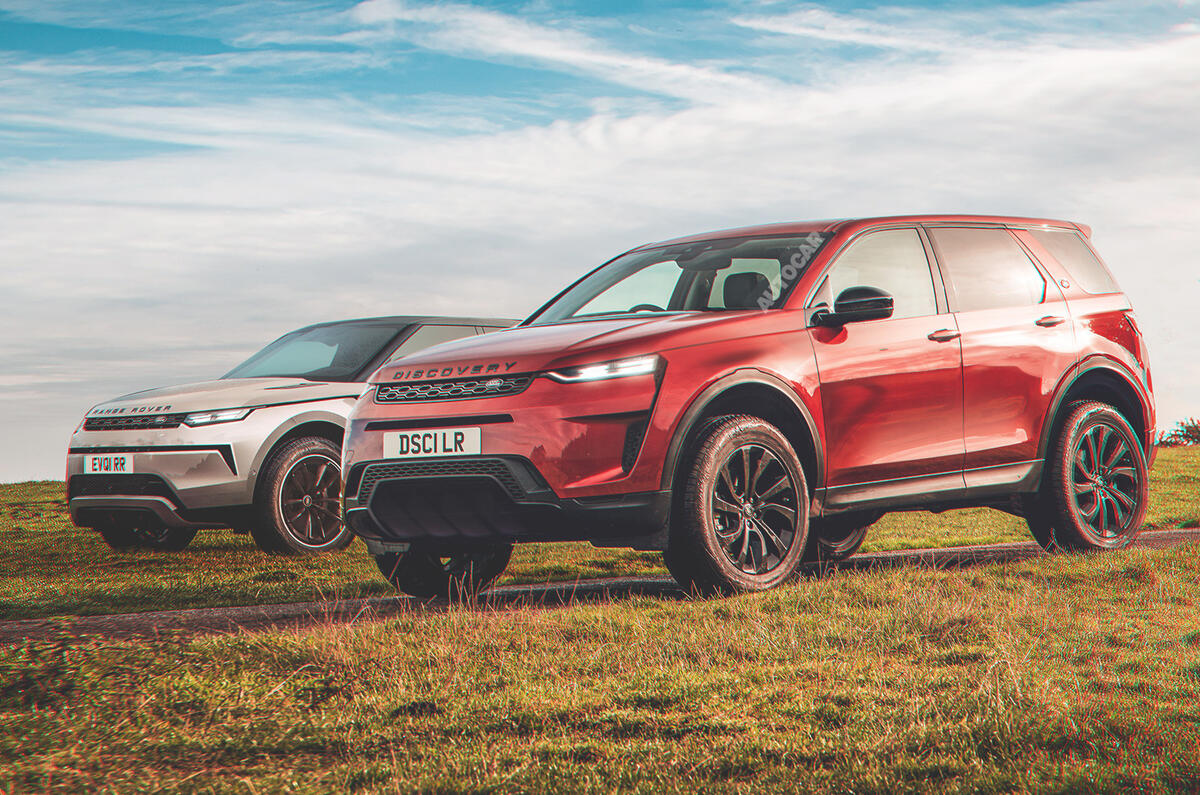
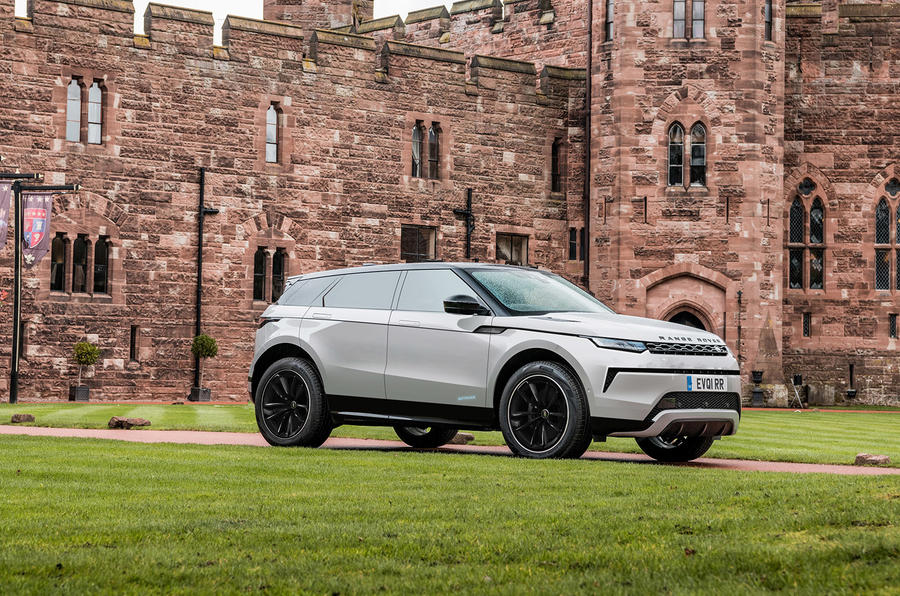



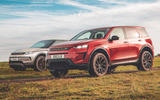





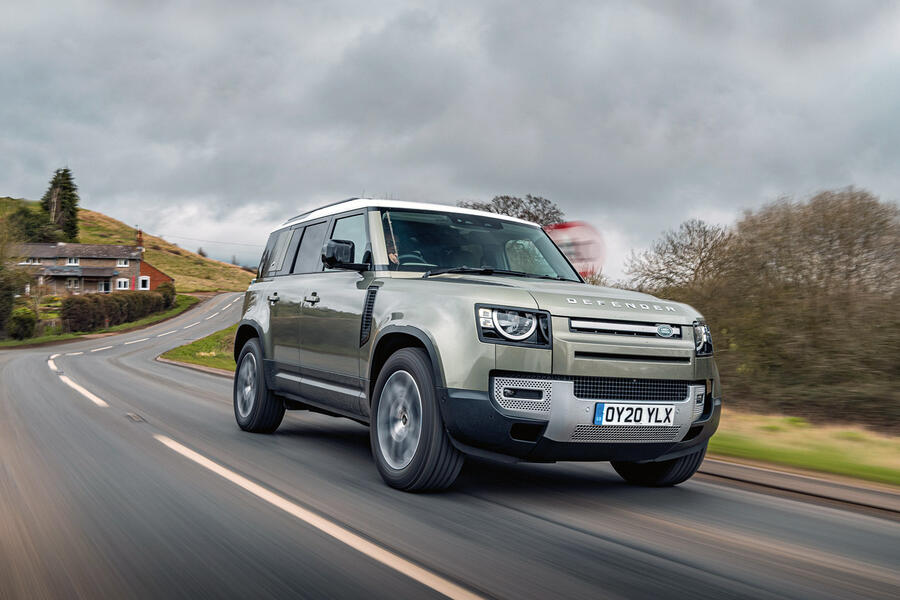
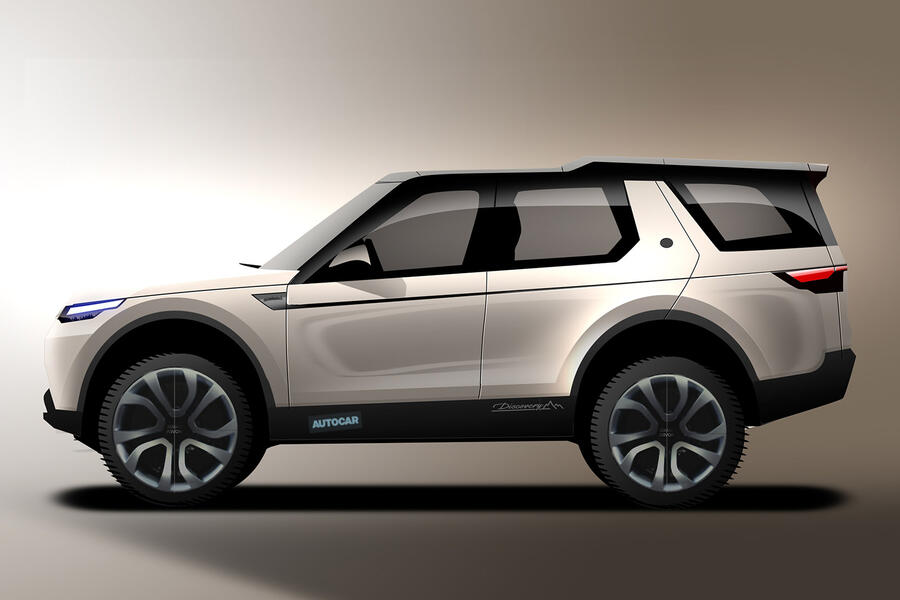


Join the debate
Add your comment
The F-Pace may be the best selling Jaguar but it still sells less than the more expensive Range Rover Velar. That shows how image is everything with expensive cars. There are 4 models based on the J7a platform: Going from cheapest to dearest: The XE, XF, F-Pace and Velar. The best seller is the Velar. The XE is a bargain, which is why it's being discontinued. It doesn't make any money.
The plug-in hybrid engines are already restricted to higher trim levels. Look at today’s review of the Discovery Sport.
Because everybody was complaining that Range Rover Evoque and Discovery Sport were too down market...
WTF...
And I read in the comments they're cancelling the F-Pace? Has JLR lost it's mind? Cancelling their best seller?
I think they need to sack their CEO and find someone competent.